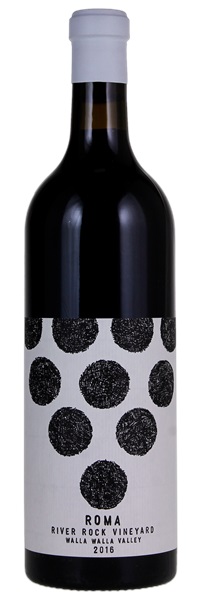Estimate

...olive, tobacco, baking spice, and chocolate-laced aromas. This carries to a deeply colored wine that has full-bodied richness, beautiful blackcurrant fruit, building richness, and a great finish.
The wine is bold and juicy on the palate, with good concentration and showing a touch of oak and chocolate-covered blackberries with notes of tree bark and blackcurrants, finishing long.
Densely structured, with a firm backbone of tannins and acidity, highlighted by brooding blackberry, crushed stone and black olive flavors.
Aromas of redcurrant, plum, spices and sweet oak. At once savory and sweet, conveying a richer texture... Flavors of plum, redcurrant, raspberry, mocha and spices could use a bit more definition and grip but the savory finish features sweet tannins.